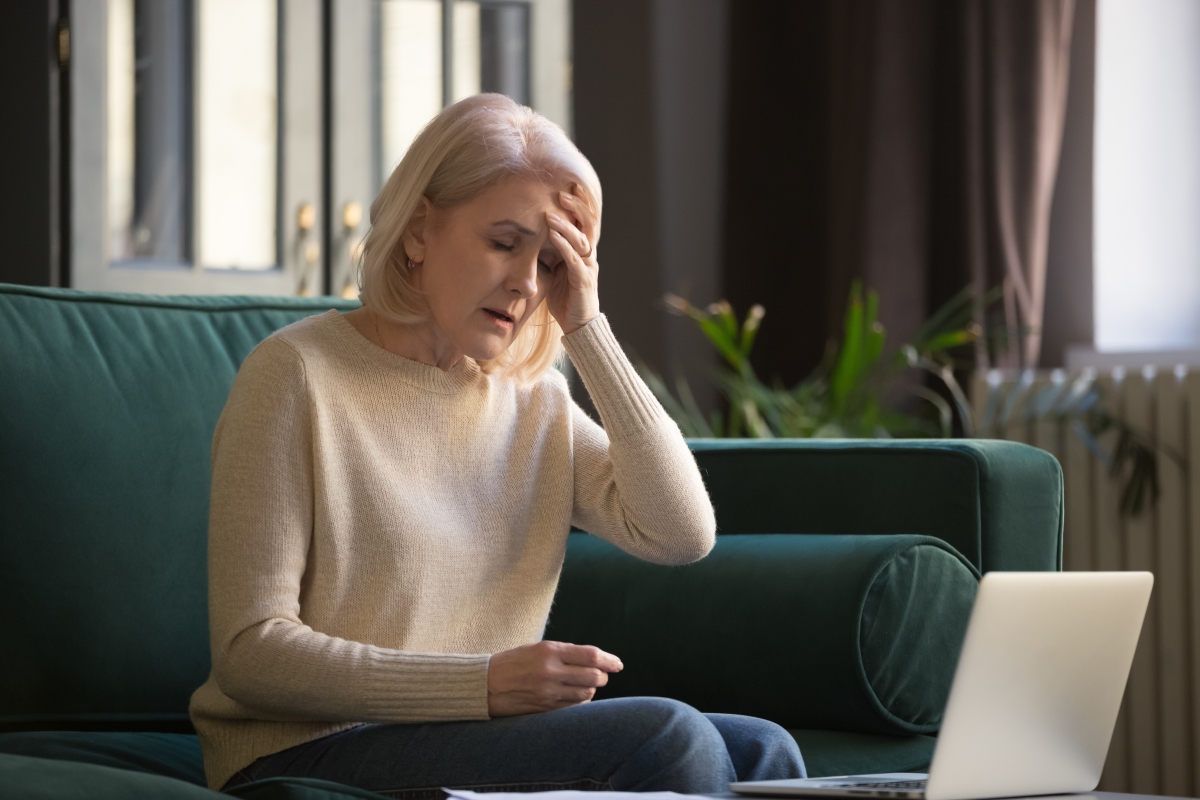
Physical Therapy for Postherpetic Neuralgia
Shingles is an infection of the nerves caused by the varicella-zoster virus, the same type of virus that causes chickenpox. The medical term for shingles is herpes zoster. Postherpetic neuralgia is pain that remains where the rash from shingles occurred long after the rash has healed. Consequently, exercise and physical therapy are important parts of your postherpetic neuralgia (PHN) treatment plan. Before starting any exercise and physical therapy plan, it’s important to seek help from professional physiotherapists. As they are the ones who can provide in-depth knowledge and the correct ways to perform various exercises.
With passive treatments, such as applying cold packs to the painful area, the physical therapist does most of the work. But with active treatments, you do the work. Both active and passive treatments can help reduce pain and other PHN symptoms. Moreover, with regular physical therapy, you should eventually be able to increase your daily activities because it helps strengthen muscles, and at the same time increase flexibility and range of motion. About one-third of the people who get shingles will get postherpetic neuralgia. The older you are, the more likely you are to develop postherpetic neuralgia. Pain can last for months to years after the shingles outbreak. The worse the rash, the more likely the pain will be severe and long-lasting.
What are the Symptoms?
Some people can become overwhelmed and depressed by having to cope with ongoing pain daily. The pain of postherpetic neuralgia may be stabbing, aching, burning, and constant. Postherpetic neuralgia may also result in:
- Loss of enjoyment
- Fatigue
- Inability to perform usual daily tasks because of the pain
- Loss of appetite
The diagnosis of postherpetic neuralgia is based on experiencing pain that persists after the rash of shingles has disappeared. There are no special tests for diagnosing postherpetic neuralgia.
How does it Occur?
People who experience chickenpox as children enable the virus to lie dormant inside nerve roots. However, even when the chickenpox infection clears, the virus stays inside nerve roots. If your immune system gets very stressed or weak years later, the virus can re-emerge. It results in shingles, instead of causing chickenpox to recur. Shingles produce a painful, blistering rash. You have postherpetic neuralgia if the pain remains even after the blisters dry up and go away. The pain is due to damage to the nerves.
An immune system can be stressed or weakened by:
- Certain medications
- Normal aging
- Chronic diseases such as rheumatoid arthritis
- Strong infections such as pneumonia or by being immune-compromised as with AIDS
- Cancer and cancer treatment
How Can Physiotherapy Help?
A variety of treatment methods have been tried to ease the pain of postherpetic neuralgia. However, what is effective for one person may not be effective for another. Working closely with a professional physiotherapist to develop a treatment plan that fits your needs, is the first step to get started with. Your treatment plan will most likely include both passive and active treatments, starting with passive treatments. Your physical therapist will most likely teach you some active treatments, such as strengthening exercises once you’re ready.
The best way to prevent the chickenpox and the development of shingles and postherpetic neuralgia later in life is by taking a vaccine for the varicella-zoster virus. The vaccine is effective for those who have never had exposure to this virus. If you know somebody, or if you’re experiencing postherpetic neuralgia, get in touch with our expert physiotherapists in Edmonton.







